From our Kitchen: Organic Koshihikari Rice
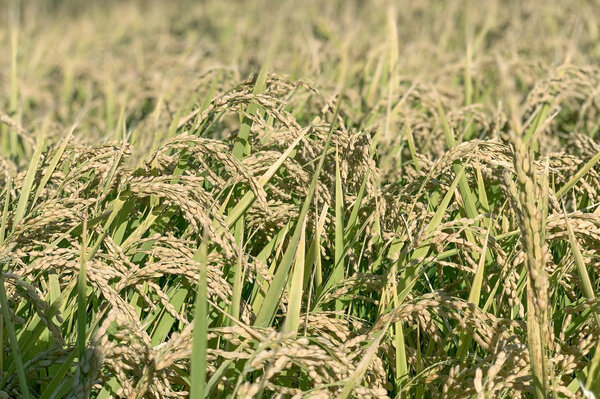
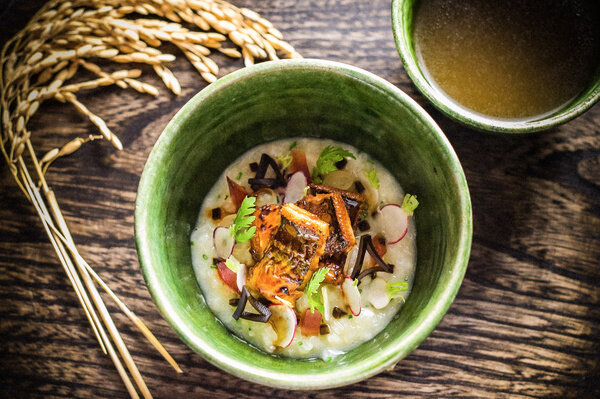
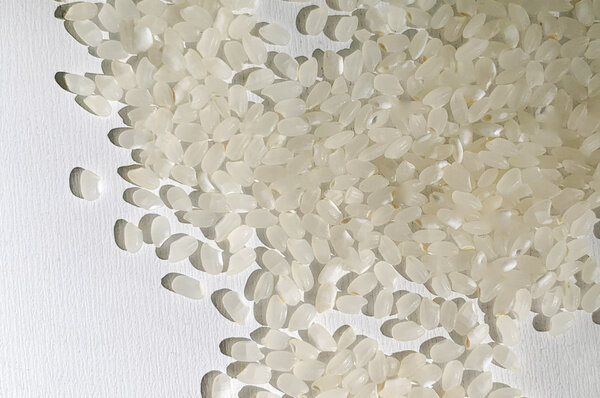
Why Luna Koshihikari Rice
There are over 300 varieties of rice widely used in Japan today. Reigning in highest taste profile for nearly 70 years, since it was first hybridized in 1956 at Fukui Agricultural Station, Koshihikari is one of the most well regarded varieties, chosen by ‘kaiseki’ Chefs for its clear yet subtle, umami, rice flavor. It is known for its shiny, sweet and elegant qualities.
Named after the ancient province of ‘KOSHI”, on the Sea of Japan, dating back to the 8th century, ‘Koshihikari’ was named for the “Light of Koshi”, both noting the translucent grain quality, as well as the area of its origin, encompassing today Fukui where it was first hybridized, Niigata and Toyama areas. It is widely grown in Japan today as one of the most highly revered varieties, and other varieties such as Akitakomachi, or Hitomebore, count Koshi in their lineage.
“We went through so many trials together with Wendy, really evaluating rice from both Japan and California cooked in the Kamado-san (rice cooking) donabe. In blind tastings with our chefs we found such incredible, notable, differences with the Luna Koshihikari in both texture and flavor. It was an exciting process to look at what the gold standard was before the project and then see how much they were able to exceed that standard” explains Chef Kyle.
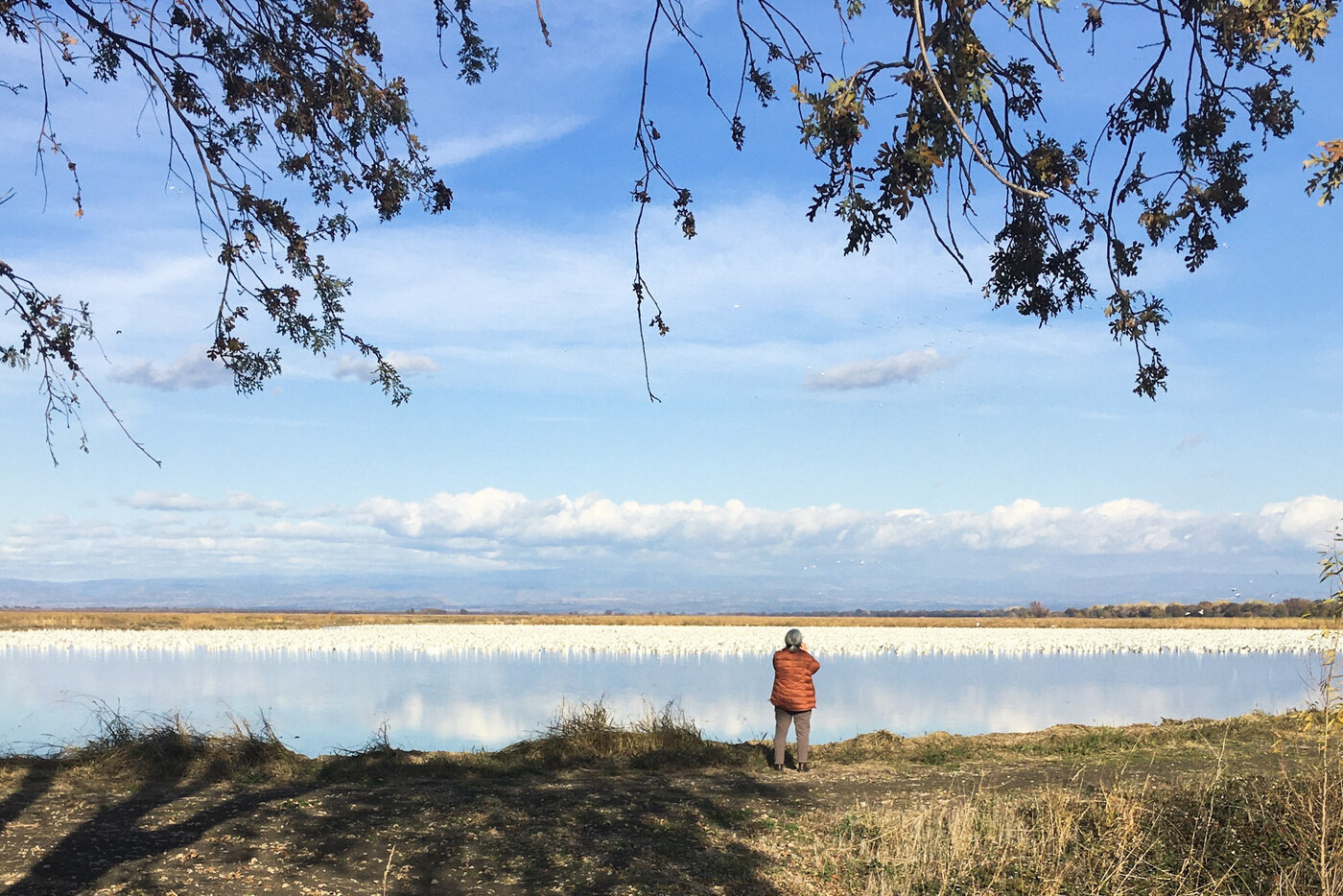
Wendy Tsuji watching migratory snow geese resting in rice field
The Development of Luna
San Francisco Architect Wendy Tsuji - born and raised in Hawaii - enjoyed foraging for food and learning about different types of sustenance from the land at an early age. Her Japanese heritage and love of food history led to an exploration - using her first Fine Arts degree - in Japanese art and textiles. While continually enjoying a successful career as an Architect, Wendy’s passion for organic and sustainable food systems and ingredients set her down a path of deep research and curiosity for how she could cultivate food and support sustainable organic agriculture.
“As a consumer, I feel strongly that we need to support local and organic food production and I was surprised to learn that only 3% of the rice grown in CA is organic, and a very small fraction of it was Koshihikari rice, much less organically grown. Rice from Japan travels 5000 miles with quite a heavy carbon footprint. I wanted to see if I could develop this difficult-to-grow variety with such a high taste profile, locally and organically to support our environment and give our community access to this special rice from our own backyard.”
Koshihikari rice can be challenging not only because of the strict requirements for organic certification without pesticides, but also a longer growing season. Any unpredictability in weather can be very dramatic, as well as cautious usage of water in terms of planning must be taken into account. Farming Organic Koshihikari rice faces additional challenges due to the restrictions on the use of synthetic chemicals and fertilizers, requiring a more hands-on approach to crop management, water and crop rotation. After much research, Wendy found a 4th generation organic rice Farmer, MVD Ranch and a family run Mill, Far West Rice - in the Sacramento Valley, who agreed to help carry out growing and milling the difficult Koshihikari grain.
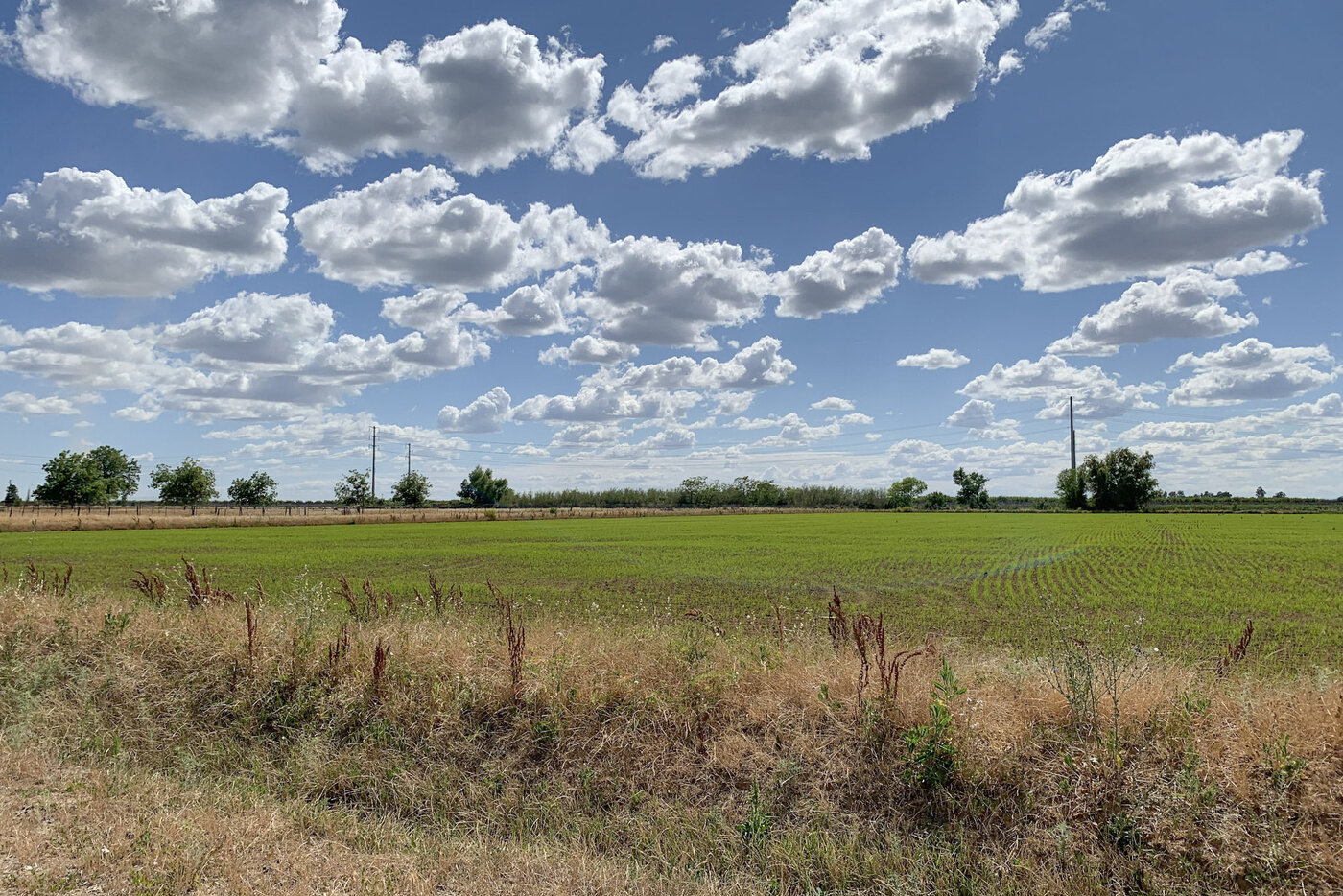
Koshihikari rice field drill seeded
The importance of Sustainability & Quality
Good quality, organic rice is healthy, flavorful, and a good source of vitamins and minerals, including thiamin, niacin, vitamin B6, iron, and phosphorus. Locally grown, brought to SingleThread just a short distance from where it is harvested, Wendy’s ‘Luna Koshihikari’ Rice is local, organic, single origin, fresh, and nutritious. Organic rice farms are also a crucial habitat for migratory birds.
After being carefully milled using 85% solar energy in milling, the rice is packaged in a beautiful paper bag that is sewn closed with cotton string to allow for moisture balance in storage while still breathing. It is produced in very small quantities and is a rarity to enjoy, which is why Chef Kyle appreciates our limited edition allotments. As for the name, Wendy shares;
“Premium rice is never overly fluorescent white. This usually means it has been over processed or over milled to correct something else. The best umami flavor comes naturally just between the brown bran to white kernel where the true rice flavor lies. I named my rice ‘Luna Koshihikari’, because in Japan the best rice is the color of the moon, a translucent soft ivory. You can both see and taste the organic local freshness and especially the years of experience that the farmers, dryers and mill have been put into this beautiful rice.”
We thank you for your dedication to local, organic farming and for providing our kitchen with this special rice, Wendy!
Resources
You can buy Luna Koshihikari Rice at our Farm Store at SingleThread Farm at Dry Creek.
Watch Chef Kyle’s MasterClass: Learn how to make the featured Truffled Rice Porridge featured above.
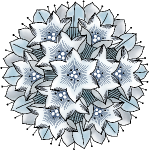 BOOKING INFO
BOOKING INFO



